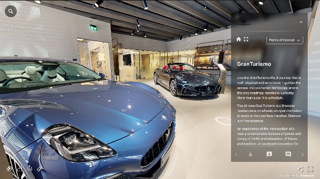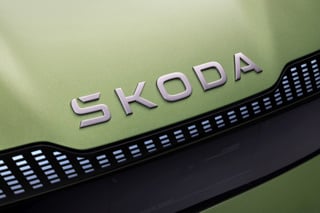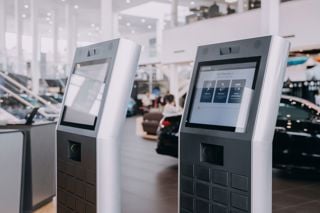Ford is working to develop a virtual reality platform which could see customers make use of headsets or visualise cars through state-of-the-art holograms at home.
Ford already makes extensive use of VR in design, a facility within its Design Studio, in Cologne, Germany, allows designers to fully experience a vehicle without the need for a physical prototype. Designers of the new Ford Fiesta were able to experience and confirm location of vehicle controls, dashboard layout and seating positions using the technology.
But now it seems that the manufacturer could utilise showroom space more effectively with display cars created in hologram or VR form or turn customers home into a showroom, throwing into doubt a future requirement for traditional retail space.
Ford confirmed that it is currently exploring the potential of a range of virtual and augmented reality technologies to layer digital holograms onto the real world that could within the next decade allow people to interact with every aspect of products at their convenience, creating a perfect “first date” test drive experience.
“We envisage that one day a customer could identify the model they are interested in – from the colour, to the exact finish of their interior – and the time and place they would like to simulate. That scenario could then be recreated on a bespoke basis,” said Jeffrey Nowak, global digital experience chief, Ford Motor Company. “There really is no limit to the depth of detail. The possibilities are endless.”
He added: “It really is a blank canvas. It is easy to imagine that someone who wants to buy an SUV could experience taking that car for a test drive over desert dunes without leaving the comfort of their home,” said Jeffrey Nowak, global digital experience chief, Ford Motor Company. “Likewise, if you’re in the market for a city car you could be at home, relaxing in your PJs and fit in trying out the peak-time school run after you’ve put the kids to bed.”
According to Sheryl Connelly, Ford global trend and futuring manager, customers can be baffled by an overwhelming choice presented by the limitless options presented by virtual platforms, however. This could lead to “Decider’s Dilemma”, she said, adding: “With the internet, consumers face an abundance of choice – impacting their attitudes toward commitment.
“Products and services are adapting to accommodate a ‘sampling society’ that prioritises trying over buying.”
Seeming to suggest the need for a more tactile test drive experience, however, Amko Leenarts, Ford’s head of global interior design operations, said: “People decide within three minutes if they love a product or not, and it is the same for your car.
“From the moment you get in, you form connections with the smell, the feel of the surfaces, or the sound of the car door closing and it’s very powerful if we – as designers – can help create the perfect experience for the customer.”



















Andy - 30/03/2017 13:11
i bet the feel and quality of the seats during the VR test drive will feel amazing!